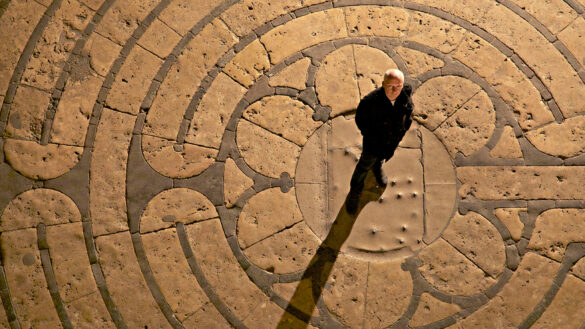In 2011, BBC Two aired a groundbreaking three-part documentary series titled The Code, hosted by Oxford mathematician Marcus du Sautoy. This series aimed to unravel the hidden mathematical patterns governing the natural world, offering viewers a captivating journey through the universe’s underlying structures.
Overview of the Series
The Code delved into the pervasive role of mathematics in nature, art, and human behavior. Each episode focused on a distinct aspect of mathematical patterns:
- Episode 1: The Secret of Patterns
- Du Sautoy introduced the concept of mathematical patterns, exploring their presence in natural formations like honeycombs and the branching of trees.
- The episode emphasized the significance of prime numbers and their mysterious distribution across the number line.
- Episode 2: The Geometry of Nature
- This installment examined the geometric principles underlying natural structures, such as the hexagonal columns of the Giant’s Causeway and the spiral patterns of galaxies.
- Du Sautoy discussed how these shapes emerge from simple mathematical rules and their implications for understanding the universe.
- Episode 3: The Mathematics of Life
- The final episode explored the application of mathematical models to predict and understand biological phenomena, including the spread of diseases and the behavior of animal populations.
- Du Sautoy highlighted the power of mathematics in explaining complex systems and its potential to address real-world challenges.
Interactive Elements and Viewer Engagement
Beyond its informative content, The Code incorporated interactive elements to engage viewers:
- Online Challenges: The series featured a treasure hunt comprising mathematical puzzles and games, encouraging audience participation and enhancing the learning experience.
- Public Involvement: Viewers were invited to contribute to solving real-world mathematical problems, fostering a sense of community and shared discovery.
Critical Reception
Critics lauded The Code for its innovative approach to science communication:
- The Daily Telegraph described the series as “engaging, sometimes wondrous and at all times visually stimulating,” praising its ability to make complex mathematical concepts accessible to a broad audience. The Telegraph
- Video Librarian commended du Sautoy’s clear and enthusiastic presentation, noting that the series effectively demystified mathematics and showcased its relevance to everyday life. Video Librarian
Legacy and Influence
The Code left a lasting impact on both the public and the academic community:
- Educational Outreach: The series served as a catalyst for incorporating more interactive and engaging mathematical content into educational curricula, inspiring educators to adopt innovative teaching methods.
- Public Engagement with Science: By blending entertainment with education, The Code demonstrated the effectiveness of media in fostering public interest in science and mathematics.
Conclusion
The Code (2011) stands as a testament to the power of storytelling in science communication. Through its compelling narrative and interactive elements, the series illuminated the profound mathematical structures underpinning the natural world, leaving viewers with a deeper appreciation for the elegance and universality of mathematics.

